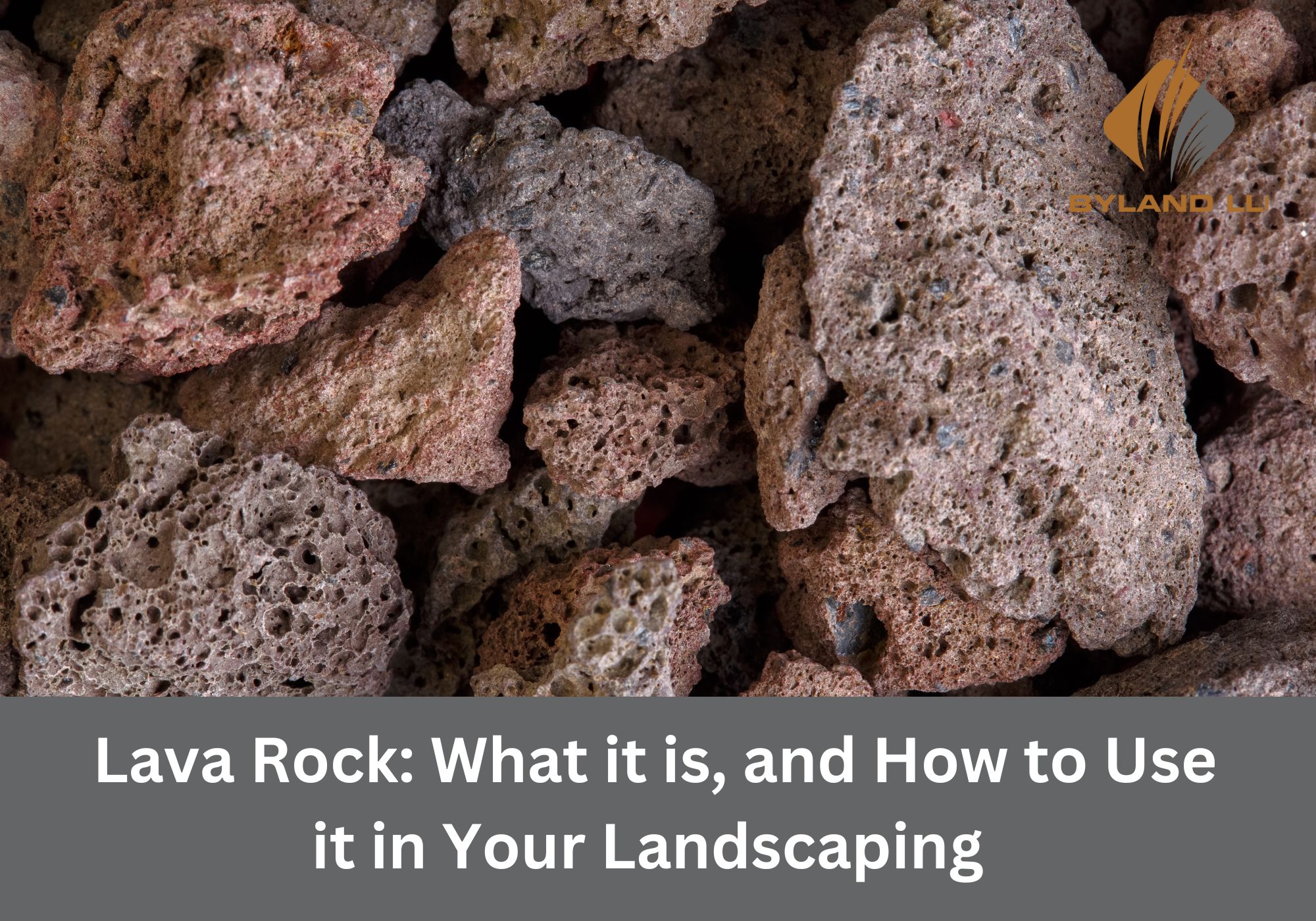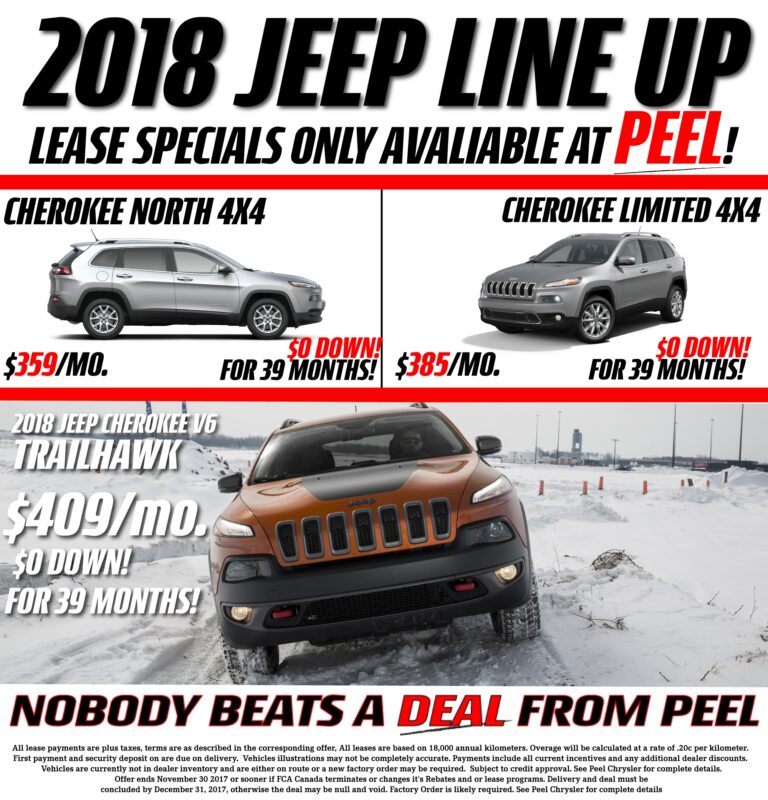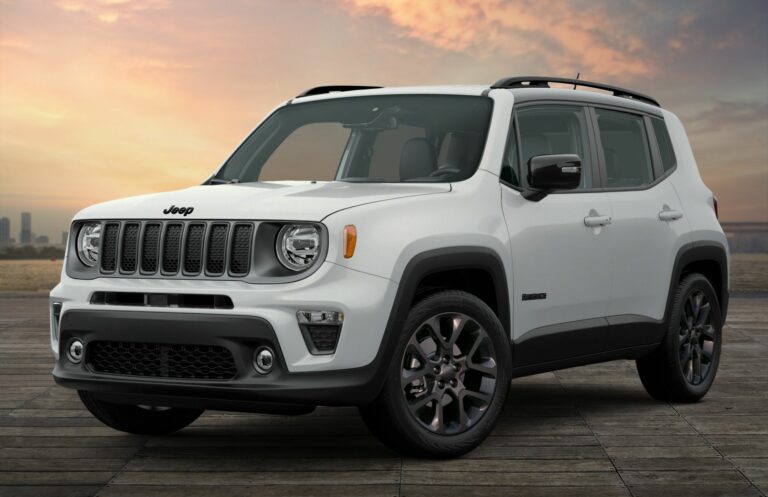Rock Crawler Jeep Wrangler For Sale: Your Ultimate Guide to Off-Road Dominance
Rock Crawler Jeep Wrangler For Sale: Your Ultimate Guide to Off-Road Dominance /jeeps.truckstrend.com
The allure of the open trail, the challenge of conquering seemingly impossible terrain, and the undeniable thrill of pushing a vehicle to its limits – these are the hallmarks of the rock crawling world. At the heart of this extreme off-road discipline lies a legend: the Jeep Wrangler. But not just any Wrangler. We’re talking about a highly specialized, meticulously modified machine engineered for slow-speed, technical ascents over jagged rocks and treacherous obstacles – the Rock Crawler Jeep Wrangler.
For sale, these purpose-built beasts represent more than just a vehicle; they embody a lifestyle, a passion for adventure, and a testament to robust engineering. Whether you’re a seasoned off-roader looking for your next ultimate rig or a newcomer eager to dive into the deep end of the off-road spectrum, understanding what goes into a rock crawler Wrangler, where to find one, and what to consider before buying is paramount. This comprehensive guide will navigate you through the exciting landscape of rock crawler Jeep Wranglers for sale, equipping you with the knowledge to make an informed decision.
Rock Crawler Jeep Wrangler For Sale: Your Ultimate Guide to Off-Road Dominance
What Defines a Rock Crawler Jeep Wrangler? Beyond the Showroom Floor
A standard Jeep Wrangler, fresh off the assembly line, is undoubtedly capable. However, a true "rock crawler" Wrangler is a different animal entirely. It’s a vehicle that has undergone significant, often expensive, modifications to excel in the most demanding off-road conditions imaginable. These aren’t cosmetic upgrades; they are functional transformations designed to enhance articulation, traction, protection, and low-speed control.
Key modifications typically include:
- Lift Kits and Suspension Systems: Far beyond a basic spacer lift, dedicated rock crawlers often feature long-arm suspension kits, coil-overs, or even custom four-link setups. These provide maximum articulation, allowing wheels to drop and rise independently over large obstacles while keeping the tires in contact with the ground for optimal traction.
- Larger Tires: Typically 37-inch diameter or more, often 40-inch or larger, these aggressive off-road tires provide increased ground clearance, a larger contact patch for grip, and a formidable appearance.
- Heavy-Duty Axles and Gearing: Stock axles are often replaced with stronger, aftermarket units (e.g., Dana 60, Dynatrac ProRock) designed to withstand the immense stresses of crawling. Re-gearing the differentials (e.g., 4.88, 5.13, 5.38 ratios) ensures that the engine’s power is optimized for slow-speed torque, compensating for larger tires and allowing precise control.
- Locking Differentials (Lockers): Essential for rock crawling, lockers force both wheels on an axle to spin at the same rate, providing maximum traction even if one wheel is completely off the ground.
- Underbody Armor: Skid plates (for oil pan, transfer case, fuel tank), rock sliders (to protect rocker panels), and heavy-duty bumpers (with recovery points) are crucial to protect vital components from impacts with rocks.
- Winch: An indispensable recovery tool, mounted on the front bumper, used to pull the vehicle out of sticky situations or assist others.
- Reinforced Steering Components: Heavier tires and extreme articulation put immense stress on steering. Upgraded tie rods, drag links, and steering boxes ensure durability and precise control.
- Low-Range Transfer Case: While Wranglers come with 4WD low, some rock crawlers opt for aftermarket transfer cases with even lower gear ratios (e.g., 4:1 or lower) for finer control at crawling speeds.
- Body Protection and Fenders: Flat fenders or trimmed fenders accommodate larger tires and increase clearance. Custom roll cages might be added for enhanced safety.


The Allure of the Rock Crawler Wrangler: Why Buy One?
The decision to purchase a rock crawler Wrangler, especially a pre-built one, is often driven by several compelling factors:

- Unmatched Off-Road Capability: Simply put, these vehicles are designed to go where others fear to tread. They can conquer obstacles that would leave lesser 4x4s stranded or severely damaged.
- Durability and Resilience: Built with heavy-duty components, a well-constructed rock crawler is incredibly tough, capable of absorbing significant abuse and protecting its occupants.
- Instant Gratification: Buying a pre-built rig means you can hit the trails immediately. The extensive, time-consuming, and often costly build process has already been completed.
- Cost-Effectiveness (Potentially): While initial purchase prices can be high, the cost of buying a used, professionally built rock crawler can often be significantly less than building a similar rig from scratch, considering parts, labor, and potential unforeseen issues.
- Community and Lifestyle: Owning a rock crawler opens the door to a vibrant, supportive community of enthusiasts who share a common passion for challenging trails and outdoor adventure.
- Customization Potential: Even a built rig offers room for personalization. You can fine-tune it to your specific preferences, adding accessories or making further performance enhancements.
Navigating the Market: Where to Find Rock Crawler Jeep Wranglers For Sale
Finding the right rock crawler Wrangler requires a targeted approach, as these aren’t typically found on standard dealership lots.
- Online Marketplaces:
- Dedicated Off-Road Forums: Websites like JK-Forum.com, JLWranglerForums.com, Pirate4x4.com, and specific regional off-road club forums often have "for sale" sections populated by serious enthusiasts.
- Facebook Marketplace & Groups: Numerous Jeep-specific and 4×4-specific groups are excellent resources for finding pre-built rigs, often with detailed descriptions and photos.
- Craigslist: While it requires sifting through many listings, local Craigslist searches can sometimes yield hidden gems.
- eBay Motors: Occasionally, highly modified vehicles appear on eBay, though often at a premium.
- Specialty 4×4 Classifieds: Websites like Expedition Portal or others focusing on overland and extreme off-road vehicles might list them.
- Specialty 4×4 Shops & Builders: Many reputable off-road fabrication shops and custom builders occasionally sell used rigs (trade-ins or customer consignments) or showcase vehicles they’ve built for sale.
- Auctions: Government surplus auctions or specialized vehicle auctions might have them, but these are high-risk buys due to limited inspection opportunities.
- Word-of-Mouth & Off-Road Events: Networking within the off-road community at trail rides, expos, and competitions can lead to direct sales from owners looking to upgrade or change rigs.
Key Considerations When Buying a Used Rock Crawler Jeep Wrangler
Purchasing a modified vehicle, especially one designed for extreme use, comes with unique considerations. Diligence is key.
- Budget Beyond the Purchase Price: Factor in ongoing costs:
- Insurance: Modified vehicles can be more expensive to insure.
- Fuel: Larger tires and modified gearing often lead to lower fuel economy.
- Maintenance & Repairs: Specialized parts can be costly, and aggressive use demands more frequent maintenance.
- Trail Fees & Permits: Access to some rock crawling parks or trails requires permits.
- Thorough Inspection is Non-Negotiable:
- Frame Integrity: Look for cracks, bends, or signs of severe impact, especially near suspension mounting points.
- Rust: Check the frame, body mounts, floorboards, and critical components. Rust can severely compromise structural integrity.
- Drivetrain: Inspect axles, differentials, transfer case, and driveshafts for leaks, excessive play, or damage. Listen for unusual noises during a test drive.
- Suspension: Examine all control arms, bushings, shocks, and springs for wear, damage, or improper installation.
- Steering: Check for loose components, leaks, or excessive play in the steering wheel.
- Electrical System: Ensure all lights, gauges, and accessories work. Check for shoddy wiring, which can indicate a poorly executed build.
- Quality of Modifications: Are the welds clean? Are bolts properly torqued? Is the wiring tidy and protected? A "franken-build" with cheap parts and poor workmanship is a liability.
- Understand the Modifications: Don’t just see "lifted." Ask about brands (e.g., Currie, King, PSC, Artec), specific component models, and ratios (e.g., gear ratio, transfer case ratio). Research these components to understand their reputation and suitability for your intended use.
- Seller’s History & Usage: Ask the seller why they are selling. How often was it used? What kind of trails? Has it been rolled or suffered significant damage? Transparency is a good sign.
- Paperwork: Ensure the title is clear and matches the VIN. Ask for any maintenance records or receipts for major modifications.
- Test Drive: Drive it both on-road (to check for vibrations, wandering steering, road manners) and, if possible and safe, off-road (to test 4WD, lockers, and articulation).
DIY vs. Professionally Built: What’s Best for You?
When considering a rock crawler Wrangler for sale, you’ll encounter two main types: those built by an individual owner (DIY) and those built by a professional shop.
- DIY Built Rigs:
- Pros: Often more affordable, the owner might have a deep understanding of every bolt, and you can sometimes find unique, highly customized solutions.
- Cons: Quality of work can vary wildly. A poor DIY build can lead to safety issues, reliability problems, and costly repairs down the line. Documentation might be lacking.
- Professionally Built Rigs:
- Pros: Generally higher quality of workmanship, often comes with some form of warranty (on parts or labor), and benefits from expert knowledge and specialized tools. Typically more reliable and safer.
- Cons: Higher upfront cost. The builder’s vision might not perfectly align with yours, requiring further customization.
Actionable Insight: If you lack extensive mechanical knowledge or time, a professionally built rig is generally a safer bet. If you’re mechanically inclined, enjoy wrenching, and have a strict budget, a DIY rig from a meticulous owner might be a good option – but scrutinize it even more closely.
Pricing Your Dream Rig: Factors Affecting Value
The price of a rock crawler Jeep Wrangler for sale varies dramatically. It’s not just about the year or mileage; the modifications are a huge factor.
- Base Model: A Rubicon, with its factory lockers and stronger axles, will command a higher price than a Sport, even if both are heavily modified.
- Year and Mileage: Newer models (JL/JLU) with lower mileage generally fetch higher prices, but condition and modifications can override this.
- Quality and Brand of Modifications: Premium components (e.g., Dynatrac axles, King shocks, PSC steering, Warn winches) add significant value compared to budget brands.
- Extent of Modifications: A full "buggy" style build with custom chassis work, coilovers, and monster axles will be vastly more expensive than a "mild" crawler with just a lift and bigger tires.
- Condition: Rust, body damage, interior wear, and mechanical issues will depress the price. A well-maintained, clean rig with no issues will command a premium.
- Maintenance History: Documented maintenance and receipts for parts add value and peace of mind.
- Geographic Location: Demand for off-road vehicles can vary by region.
Rock Crawler Jeep Wrangler For Sale: Estimated Price Ranges
It’s crucial to understand that these prices are highly variable based on the factors listed above, the specific model year, and the quality of the build. This table provides a general range to help you set expectations.
| Category | Typical Base Model (Example) | Key Modifications Included | Estimated Price Range (USD) | Target Buyer |
|---|---|---|---|---|
| Mildly Modified | JK Sport/Sahara | 2.5-3.5" Lift, 35-37" Tires, Basic Bumpers, Winch, Some Armor | $20,000 – $35,000 | Beginner/Intermediate Crawler, Weekend Warrior |
| Moderately Modified | JK/JL Rubicon | 3.5-4.5" Quality Lift (Short Arm), 37-38" Tires, Heavy-Duty Axle Shafts, Lockers (if not Rubicon), Full Armor, Upgraded Steering | $35,000 – $55,000 | Serious Enthusiast, Regular Trail Runner |
| Heavily Modified | JK/JL Rubicon (or Custom) | 4.5"+ Long-Arm Lift/Coil-overs, 39-40" Tires, Aftermarket Axles (e.g., Dana 60, Dynatrac), Hydraulic Steering, Custom Cages, Dual Transfer Case | $55,000 – $80,000+ | Advanced Crawler, Competitive Use, Dedicated Off-Roader |
| Custom Built / Buggy | Often Custom Chassis | Extreme Fabrication, Full Cage, One-Ton Axles, Massive Tires (40"+), Race-Spec Components | $80,000 – $150,000+ | Professional/Competitive Crawler, No-Compromise Enthusiast |
Note: These ranges are for the modified vehicle as a whole, not just the cost of modifications on top of a new Jeep. The base vehicle’s depreciation is factored in.
Frequently Asked Questions (FAQ) about Rock Crawler Jeep Wranglers For Sale
Q1: Can a rock crawler Jeep Wrangler be street legal?
A1: Yes, most rock crawlers are designed to be street legal. However, laws vary by state/country regarding lift height, tire size, fender coverage, and bumper requirements. Always check your local regulations. Extremely modified rigs (like full tube buggies) might require special registration.
Q2: What’s the best year/model Jeep Wrangler for a rock crawler build?
A2: The JK/JKU (2007-2018) and JL/JLU (2018-present) are the most popular platforms due to their modern amenities, coil-spring suspension, and vast aftermarket support. The TJ/LJ (1997-2006) is also highly regarded for its robust frame and classic Jeep feel, often considered a great platform for more budget-friendly builds.
Q3: How much does it cost to maintain a rock crawler compared to a stock Jeep?
A3: Significantly more. Larger tires wear faster and are more expensive. Specialized drivetrain components require specific fluids and more frequent checks. Hard off-road use puts immense stress on all parts, leading to increased wear and tear and potential breakages. Budget for ongoing maintenance and potential repairs.
Q4: What’s the difference between a rock crawler and an overland rig?
A4: While both are off-road vehicles, their primary purposes differ. A rock crawler is optimized for slow-speed, technical challenges over extreme obstacles, prioritizing articulation, traction, and protection. An overland rig is designed for long-distance, self-reliant travel through various terrains, prioritizing cargo capacity, comfort, fuel range, and general reliability over extreme obstacle capability.
Q5: Should I buy a built rig or build my own from a stock Jeep?
A5:
- Buy Built: Ideal if you want to hit the trails immediately, have a higher initial budget, or lack the time, tools, or expertise for a complex build. You often save money compared to building new.
- Build Your Own: Best if you have a tight budget, enjoy the process of wrenching, want complete control over every component, or plan to learn along the way. Be prepared for significant time investment and potential unforeseen costs.
Conclusion: Your Journey to Off-Road Mastery
The decision to purchase a rock crawler Jeep Wrangler for sale is an exciting one, opening doors to unparalleled off-road adventures and a vibrant community. These highly specialized vehicles are a testament to engineering and passion, designed to conquer the most challenging terrains with grace and power.
By understanding what constitutes a true rock crawler, knowing where to find them, and meticulously considering the key factors before buying, you can make a confident and informed decision. Remember, patience, thorough inspection, and realistic budgeting are your best allies in this journey. Whether you choose a mildly modified rig or a full-blown custom beast, your rock crawler Wrangler will be more than just a vehicle – it will be your ticket to pushing boundaries, exploring the untamed, and experiencing the ultimate thrill of off-road dominance. Happy crawling!







